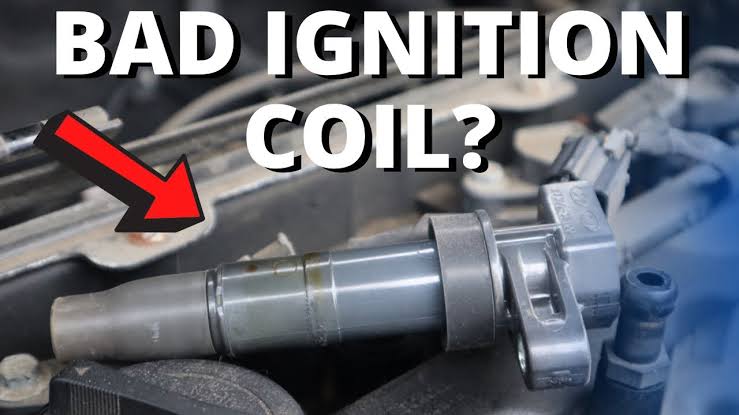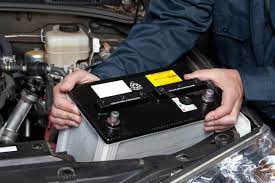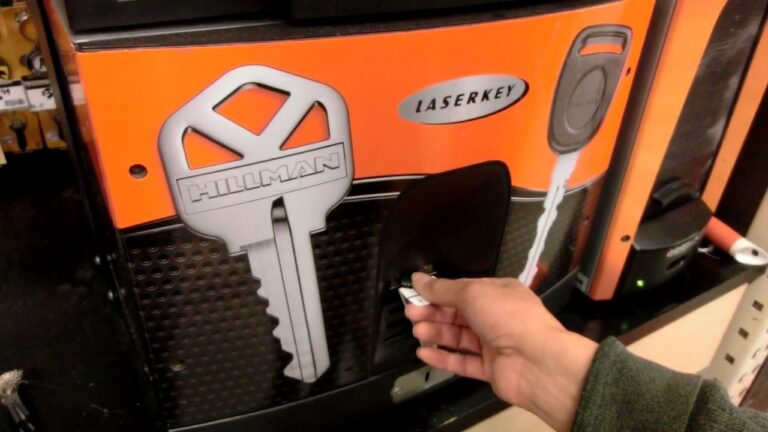How to Know If Your Ignition Coil Is Bad

The ignition coil is responsible for converting the battery’s voltage into a high-voltage spark needed to ignite the air-fuel mixture in the engine. When an ignition coil starts to fail, it can cause misfires, rough idling, poor acceleration, and even engine stalling.
In this guide, we’ll cover the common signs of a bad ignition coil, how to diagnose it, and when to replace it.
Signs of a Bad Ignition Coil
1. Check Engine Light (CEL) Is On
- A failing ignition coil can trigger the Check Engine Light.
- Common OBD-II trouble codes for ignition coil failure include:
- P0300-P0312 (Cylinder misfire codes)
- P0350-P0358 (Ignition coil circuit malfunction)
2. Engine Misfires or Hesitation
- A weak or failing coil can cause random or constant misfires, leading to:
- Jerky acceleration.
- Loss of power at higher speeds.
- Popping or sputtering sounds from the exhaust.
3. Rough Idling and Stalling
- If the ignition coil isn’t delivering a strong spark, the engine may:
- Vibrate excessively while idling.
- Stall unexpectedly, especially when stopped at a light or in traffic.
4. Difficulty Starting the Engine
- A bad ignition coil can make the engine hard to start or cause prolonged cranking.
- If multiple coils fail, the engine may not start at all.
5. Poor Fuel Economy
- A failing coil can cause the engine to burn more fuel, reducing gas mileage.
- Unburned fuel may exit through the exhaust, creating a strong gasoline smell.
6. Backfiring or Black Smoke from Exhaust
- A weak coil can cause unburned fuel to ignite in the exhaust system, leading to:
- Loud backfiring noises.
- Excess black smoke from the tailpipe.
7. Loss of Power and Acceleration Issues
- If the coil isn’t producing a strong spark, the engine may feel sluggish or struggle to accelerate.
How to Test If Your Ignition Coil Is Bad
Step 1: Scan for OBD-II Trouble Codes
- Use an OBD-II scanner to check for ignition coil-related codes.
- Codes like P030x (misfire) or P035x (ignition coil fault) indicate which cylinder is affected.
Step 2: Perform a Spark Test
- Remove a spark plug and connect it to the ignition coil.
- Hold the spark plug near a metal surface and have someone crank the engine.
- If there’s no visible spark or a weak spark, the coil may be faulty.
Step 3: Use a Multimeter to Test Coil Resistance
- Set the multimeter to ohms (Ω) mode.
- Measure the primary coil resistance (between the positive and negative terminals).
- Normal range: 0.4 – 2.0 ohms (varies by vehicle).
- Measure the secondary coil resistance (between the coil output and ground).
- Normal range: 6,000 – 15,000 ohms.
- If the readings are out of spec, the coil is bad.
Step 4: Swap Coils (If Applicable)
- If your car has individual coil packs, swap the suspected bad coil with one from a different cylinder.
- If the misfire moves to the new cylinder, the coil is defective.
When to Replace an Ignition Coil
You should replace the ignition coil if:
✅ The Check Engine Light shows an ignition-related code.
✅ You experience misfires, rough idling, or hard starts.
✅ A spark test or multimeter test shows weak or no spark.
✅ You notice poor acceleration and fuel economy.
Conclusion
A failing ignition coil can cause engine misfires, rough idling, hard starts, poor fuel economy, and backfiring. If you experience these symptoms, scan for trouble codes, perform a spark test, and check coil resistance with a multimeter. Replacing a bad coil early can prevent further engine damage and restore performance.
Also Check:
• Does a 1999 Toyota Tacoma Have a Power Rack or Manual Rack?






One Comment